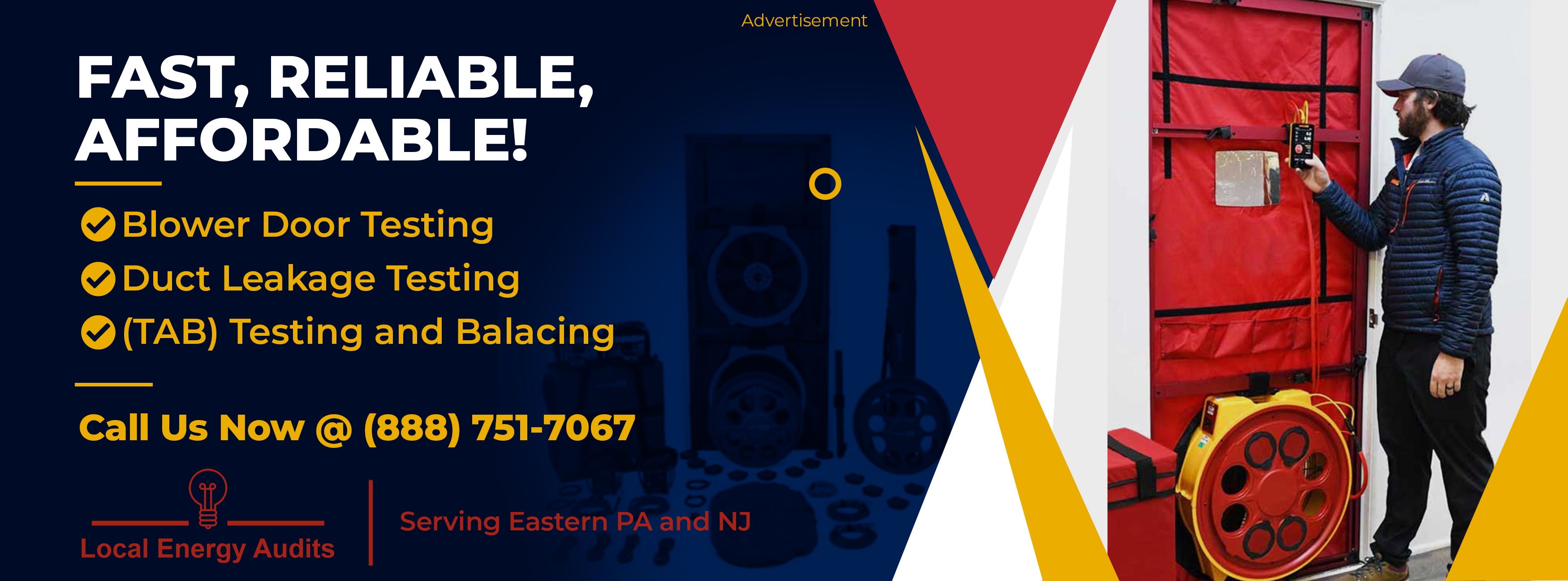Steps to a Successful Project
Getting the details right the first time is critical because repairing duct leaks and envelope air leaks
after they have been covered with drywall is time-consuming and expensive. It is worth taking some extra effort up front, especially for the first
few projects under the 2018 IECC, as the construction team gets used
to the stringent new performance requirements.
A conservative approach would include the following steps:
- Identify an energy code compliance specialist (with testing
capabilities) to assist with the project.
|
- Perform testing on a recently constructed building to
determine how your standard construction methods perform in
relation to the code requirements.
|
- Train critical staff on the energy code requirements.
|
- After the building is framed, complete on-site training of
contractors and site staff.
|
- After the building is insulated, but before drywall is
installed, inspect air
sealing and duct
sealing details. Rough-in testing of
duct leakage could also be completed at this point.
|
- Submit documentation to local code official.
|
After a few successful projects, it may be possible to streamline
the process.

